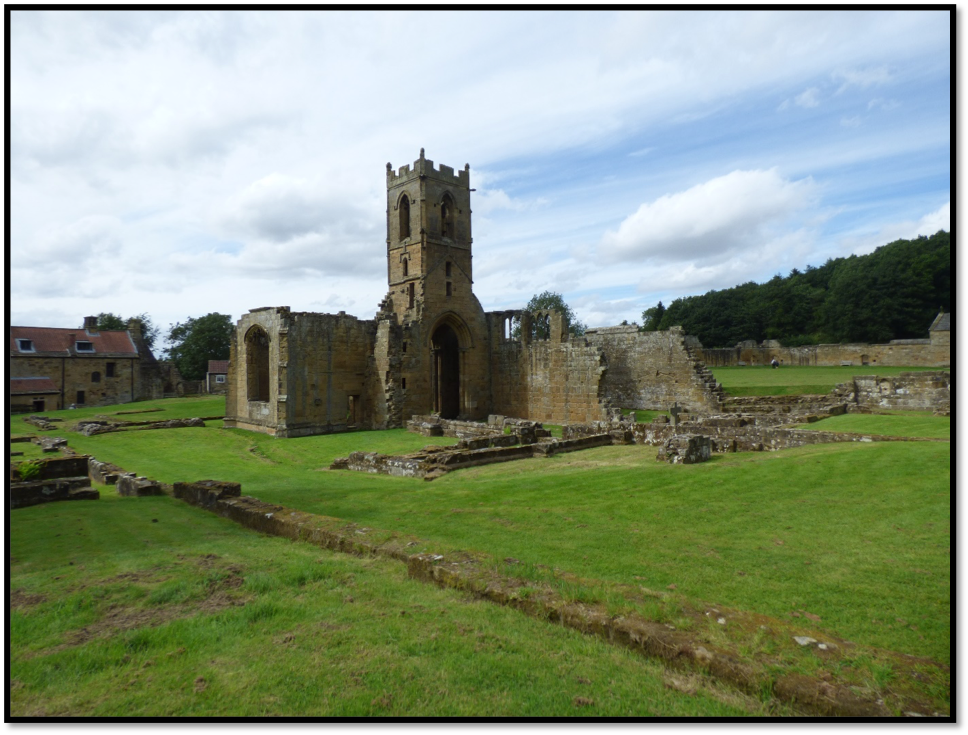Epidemics in James I’s Scotland
Epidemics in James I’s Scotland. Professor Richard Oram. There is a certain grim sense of history repeating itself to think that exactly six hundred years ago, Scotland was in the grip of an epidemic of a new, previously unknown and terrifying disease. For the previous seventy years, the kingdom had suffered from recurring waves of…
Details





